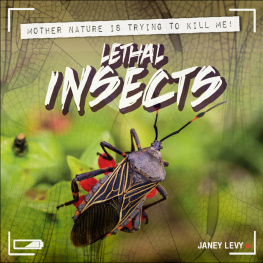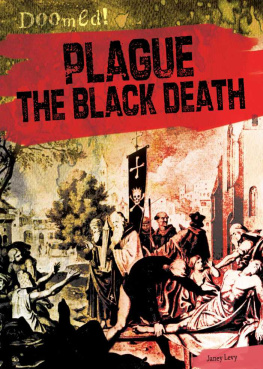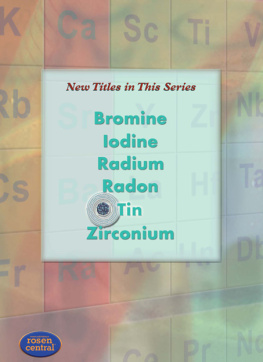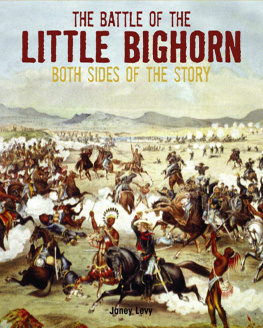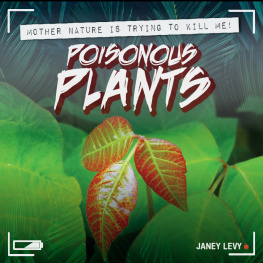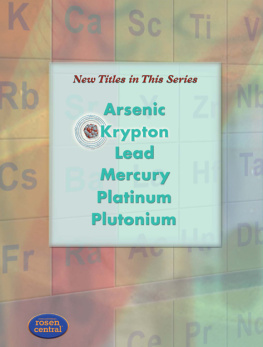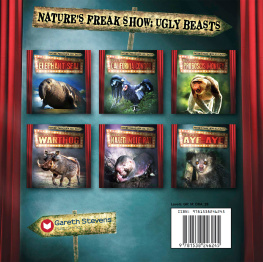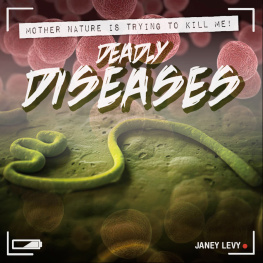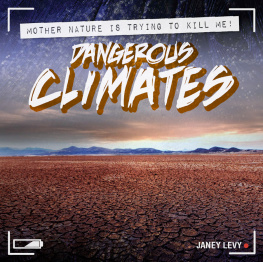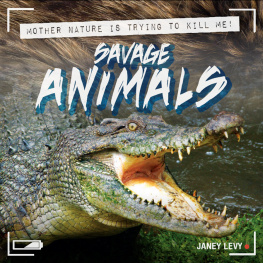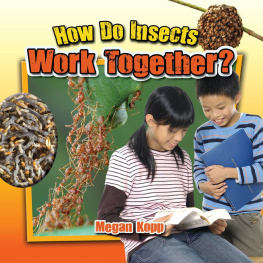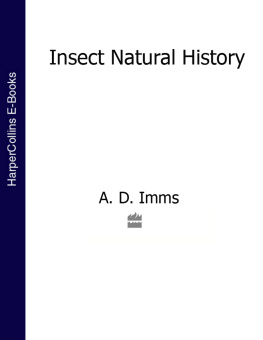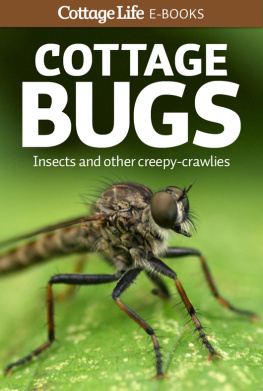Please visit our website, www.garethstevens.com. For a free color catalog of all our high-quality books, call toll free 1-800-542-2595 or fax 1-877-542-2596.
LLibrary of Congress Cataloging-in-Publication Data
Names: Levy, Janey, author.
Title: Lethal insects / Janey Levy.
Description: New York : Gareth Stevens Publishing, [2020] | Series: Mother nature is trying to kill me! | Includes index.
Identifiers: LCCN 2018049570| ISBN 9781538239704 (paperback) | ISBN 9781538239728 (library bound) | ISBN 9781538239711 (6 pack)
Subjects: LCSH: Insects--Juvenile literature. | Insect pests--Juvenile literature. | Poisonous arthropoda--Juvenile literature.
Classification: LCC QL467.2 .L47 2020 | DDC 595.7--dc23
LC record available at https://lccn.loc.gov/2018049570
First Edition
Published in 2020 by
Gareth Stevens Publishing
111 East 14th Street, Suite 349
New York, NY 10003
Copyright 2020 Gareth Stevens Publishing
Designer: Sarah Liddell
Editor: Monika Davies
Photo credits: Cover, p. 1 Glass and Nature/Shutterstock.com; background used throughout Oat Photographer ThaiLand/Shutterstock.com; pp. 4, 17 Patrick Robert - Corbis/Contributor/ Sygma/Getty Images; p. 5 Arcaion/Shutterstock.com; p. 7 Hic et nunc/Wikimedia Commons; p. 9 Sean McVey/Shutterstock.com; p. 11 (main) File Upload Bot (Magnus Manske)/ Wikimedia Commons; p. 11 (inset) NUMBER7isBEST/Wikimedia Commons; p. 13 MR. AUKID PHUMSIRICHAT/Shutterstock.com; p. 15 (main) Digital Images Studio/Shutterstock.com; p. 15 (inset) Kateryna Kon/Shutterstock.com; p. 19 Ava Peattie/Shutterstock.com; p. 20 Mark Schwettmann/Shutterstock.com; p. 21 Bartolucci/Wikimedia Commons.
All rights reserved. No part of this book may be reproduced in any form without permission in writing from the publisher, except by a reviewer.
Printed in the United States of America
CPSIA compliance information: Batch #CS19GS: For further information contact Gareth Stevens, New York, New York at 1-800-542-2595.
BRUTAL BUGS
Insects are small, often winged, animals with six legs and three main body parts. Theyre all around us. Some are beautiful, like butterflies. Others are bothersome, like flies. Some are even lethal, or deadly!
Lethal insects can cause pain, sufferingand even death. Some use venomous stings to cause harm. Others carry illness-causing viruses or parasites they pass on to people. Some lethal insects only bother you if you bother them. Others attack in swarms. Watch out for these dangerous insects!
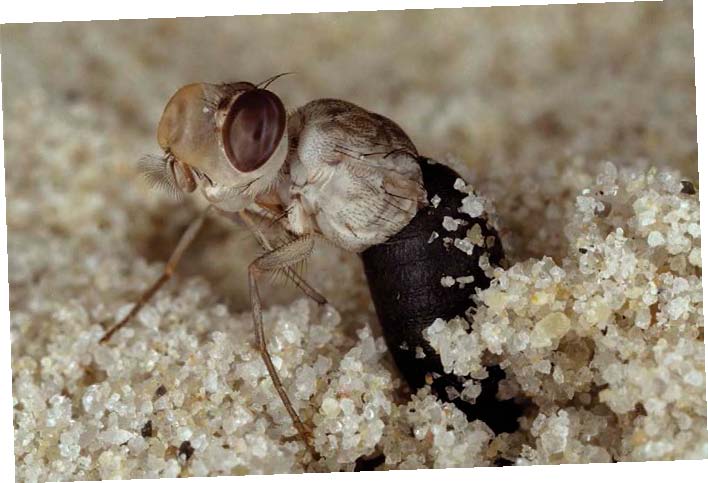
TSETSE FLY
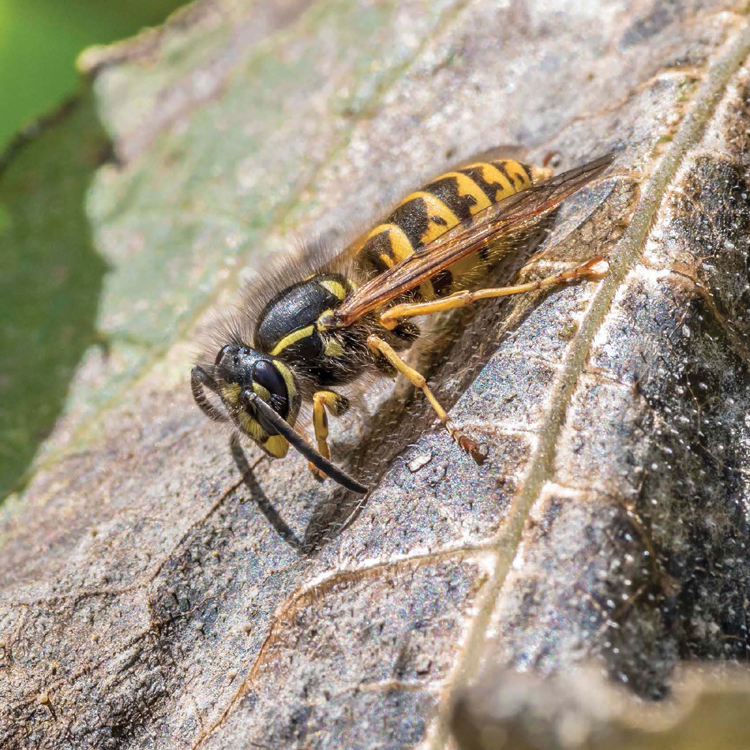
LETHAL INSECTS DONT ALWAYS LOOK SCARY, BUT SOME OF THEM ARE AMONG THE DEADLIEST CREATURES ON EARTH.
KILLER BEES
Africanized honeybees have a terrifying nickname: killer bees. These bees are the result of mating African honeybees with wild European honeybees. Africanized honeybees arent bigger than European honeybees and their venom isnt stronger. So, what makes them killers? If European honeybees think their hive is in danger, a few may fight to keep the hive safe. But, if killer bees think their hive is under attack, a huge swarm may fight back. Hundreds of bee stings can kill a human!
THE FORCE OF NATURE
Africanized honeybees will chase an enemy as far as 1/4 mile (0.4 km).If you jump into water to escape, theyllwait for you to come up for air!

AFRICANIZED HONEYBEES CAN MOVE FAST. THESE KILLER BEES FLY AROUND 15 MILES (24 KM) PER HOUR!
WICKEDWASPS
Wasps and bees seem very similar. They both belong to the same insect order, or group of animals. Both insects also sting their enemies. But bees can only sting an enemy once. After a bee stings you, it dies because its stinger pulls out its insides. However, wasps can sting you many times!
Wasps are famou for being aggressive. If wasps think youre a danger to their territory or young, theyll chase you for a long distance. They also give off a chemical that brings others to join the attack!
THE FORCE OF NATURE
If youre allergic to wasp venom, a single sting can be deadly. A 2018 study found that the stings of wasps, hornets, and bees kill around 60 people every year.
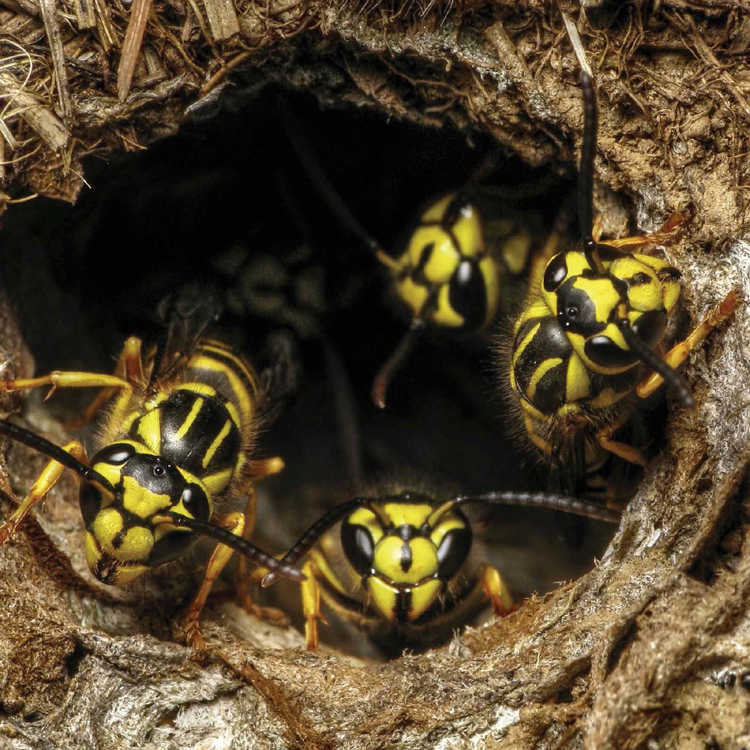
YELLOW JACKETS ARE A TYPE OF WASP. THEY OFTEN MAKE NESTS FOR THEIR FAMILIES UNDERGROUND. IF YOU ACCIDENTALLY STEP ON THEIR NEST, THE YELLOW JACKETS WILL FLY OUT IN A HUGE SWARM, READY TO ATTACK!
ASIANGIANT HORNETS
Hornets are a type of wasp. The worlds largest hornet is the Asian giant hornet. They can grow to around 2 inches (5 cm) long and chase you at 25 miles (40 km) per hour! Could you outrun one?
Asian giant hornets have more pain-causing chemicals in their venom than any other stinging insect. Their venom also has a chemical that can break down your bodys tissue. And, like all wasps, these hornets can sting again and again!
THE FORCE OF NATURE
The Asian giant hornet hasa stinger thats 1/4 inch (0.64 cm) long!
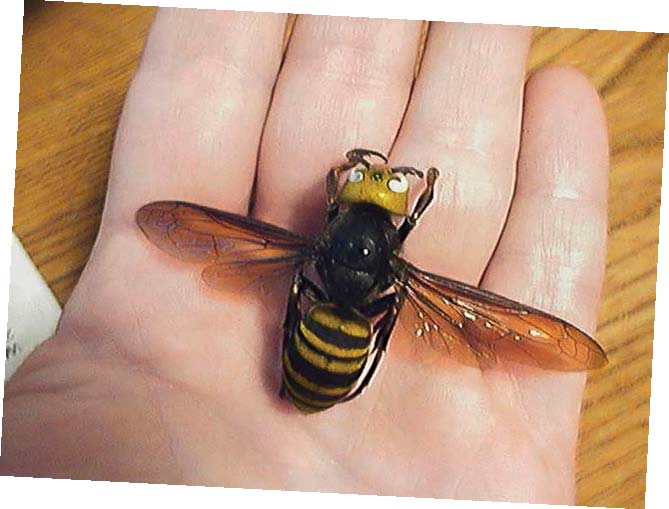
EACH YEAR, AROUND 30 TO 50 PEOPLE IN JAPAN DIE FROM BEING STUNG BY ASIAN GIANT HORNETS.
FIERCEFIRE ANTS
You may have seen tiny ants in your kitchen looking for food. These ants are bothersome, but they wont hurt you. But fire ants can cause great pain!
Fire ants arent big, but theyre aggressive and have a powerful sting. At the first sign of danger, such as the sound of your footsteps, they swarm out of their mounds and attack. Fire ants grab your skin with their mouthparts, stinging you again and again. Their strong venom causes a burning feeling.
THE FORCE OF NATURE
Within 1 to 2 days, a fireants sting becomes a firm boil, or swollen bump under your skin. These boils can become infected, or filled with germs.
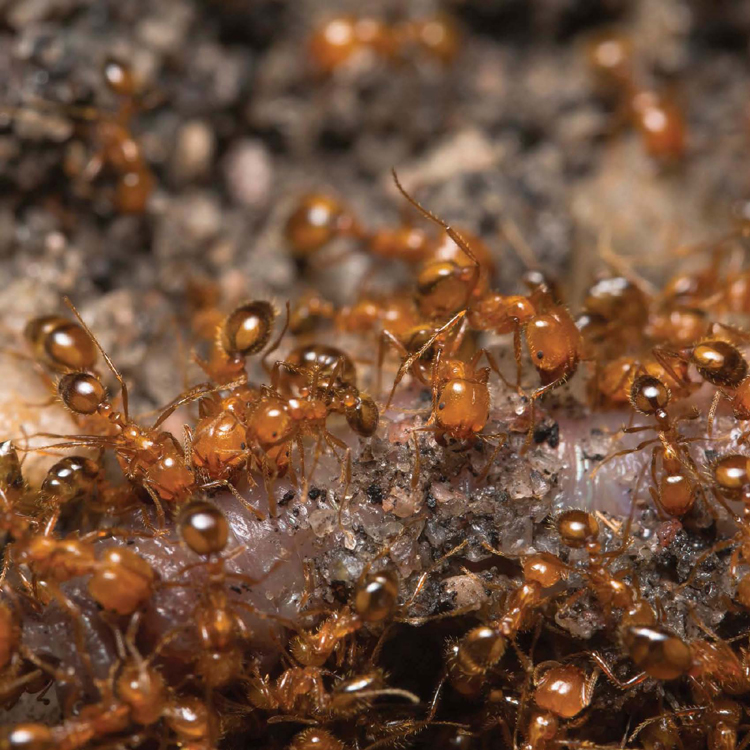
SOME KINDS OF FIRE ANTS LIVE IN HUGE COLONIES. THERE MAY BE 500,000 FIRE ANTS IN A SINGLE COLONY!
MENACINGMOSQUITOS
Quickname the deadliest animal on Earth. Would you be surprised to learn its the mosquito? Mosquitos are small flies that feed on the blood of some animals and can spread illness. They cause about 725,000 deaths a year because of the viruses and parasites they pass on to people.
Mosquitos can pass along malaria, one of the worlds deadliest illnesses. If you have malaria, youll have a high fever and chills. In bad cases, your brain swells, and your organs fail. These effects can cause death.

